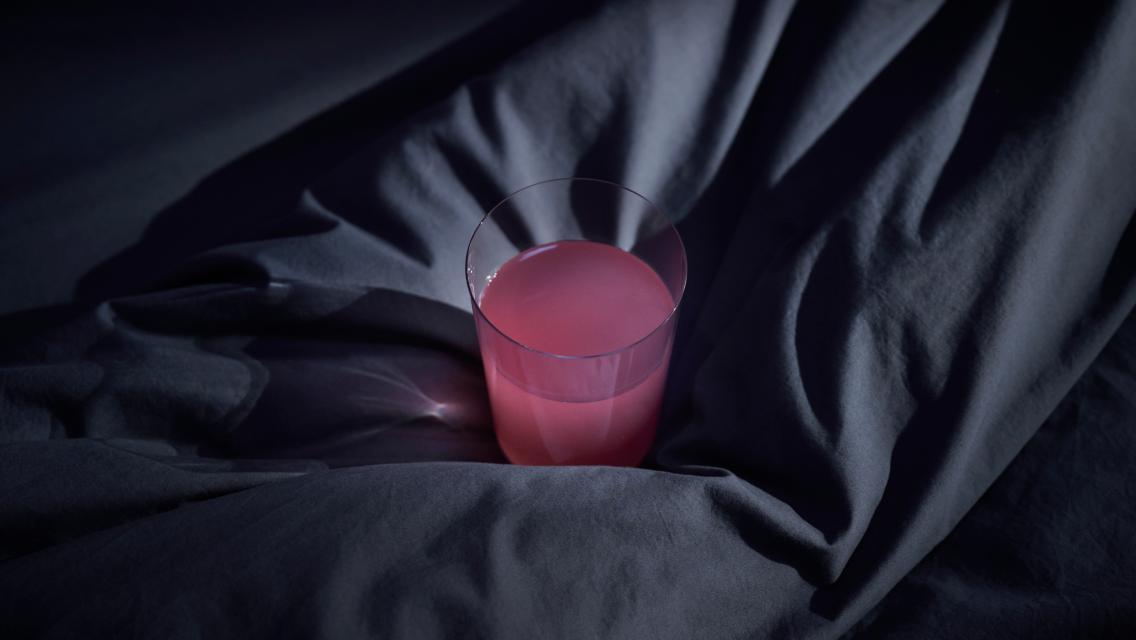Sleeping well is one of the most essential things we can do for optimal health, recovery, and overall well-being. Yet for many of us, a good night’s sleep can feel as far from reality as a dream.
Estimates show that 47 percent of people in the United States currently take something to help them with sleep. This is concerning, as sleep is our body’s most significant tool for recovery, mental clarity, and long-term health. Getting poor sleep is not just an inconvenience — it can wreck our health.
Not getting enough of the right kind of sleep can lead to cognitive impairment, mood issues, weakened immune function, fat gain, metabolic issues, increased cardiac risk, hormone issues, poor exercise recovery, and accelerated signs of aging. There is no such thing as optimal health without optimal sleep, no matter how dialed in your exercise and nutrition might be.
But because many of us struggle to get enough — whether in terms of quantity or quality or both — we may seek out tools for support. Many first turn to over-the-counter sleep aids, and while there is a time and place for those, I find many are unaware that these options typically work by sedating us. This doesn’t improve sleep physiology or optimize good sleep architecture, which are required to feel and perform at our best.
In addition to prioritizing good sleep hygiene practices (more on those below), there are a few supplement options that I frequently recommend to clients, including one I’m particularly enthusiastic about — LTH Dream. This multi-magnesium sleep-support supplement can also be part of a nightly wind-down routine, another impactful habit experts tout for supporting sleep.
A Closer Look at LTH Dream
It Starts With Magnesium
The No. 1 nutrient many of us need to focus on for optimal sleep is magnesium. Magnesium deficiencies or suboptimal levels are highly prevalent, which can have a variety of health effects, including on insulin regulation.
When magnesium levels are suboptimal, your body can’t regulate blood sugar well. And if your body doesn’t regulate blood sugar well, the ups and downs you may experience during the night can impact the quality of your sleep.
Magnesium is crucial for physiological relaxation, too. It not only helps muscles and nerves function and relax, but it is also intimately involved in mental health and the ability to regulate and unwind.
Repleting magnesium alone can often be the ticket to sleeping better, though the form of the mineral you take is important. The most absorbable forms are chelated, meaning they’re wrapped in amino acids, and these can be significantly more beneficial for sleep than some of the cheaper forms of magnesium.
LTH Dream stands out with the inclusion of three different forms of magnesium:
- Magnesium taurate: Combines magnesium with taurine to help calm the nervous system, support GABA activity, and ease the transition into restful sleep.
- Magtein® magnesium L-threonate: A patented form of magnesium developed at MIT that’s uniquely able to cross the blood-brain barrier. It’s been shown in clinical studies to enhance deep sleep and REM sleep, reduce nighttime awakenings, and support mental clarity upon waking.
- Magnesium bisglycinate: A gentle, chelated form of magnesium paired with glycine to promote relaxation and help reduce sleep latency (the time it takes to fall asleep).
Note: All forms of magnesium used in LTH Dream — and the entire LTH supplement line — are chelated.
Targeted Ingredients Give it a Boost
LTH Dream is specifically formulated to promote deep rest and recovery for the brain and body, as well as to help build resilience, support a healthy cortisol rhythm, and optimize cognitive health. In addition to the multiple forms of magnesium in therapeutic doses, these other ingredients are also worth highlighting:
- Sensoril® ashwagandha: A standardized, clinically studied adaptogen (adaptogens are a category of ingredients that can support a healthier stress response). Sourcing for adaptogens is important, and this form is known to be both tested and trusted for quality. It helps reduce cortisol and support sleep onset and quality.
- L-theanine: A calming amino acid, L-theanine promotes alpha brain waves for mental relaxation without drowsiness. It can often work synergistically with magnesium to help reduce mental chatter, ease tension, and support better focus and stress resilience the next day.
- Phosphatidylserine: This is a vital phospholipid that is found in cell membranes of mammals and supports healthy brain cell communication; it plays a key role in memory, focus, and cognitive performance. For many, it can also act like a pump on the breaks for your HPA axis, or adrenal system, for stress.
LTH Dream is melatonin-free, non-habit forming, and is naturally flavored and sweetened; it’s available in mixed berry and piña colada flavors. Like all other LTH supplements, it undergoes extensive testing to ensure what’s on the label is what’s in the bottle.
How to Use LTH Dream
LTH Dream was designed to support those who have trouble staying asleep, don’t feel rested upon waking, prioritize their athletic performance and repair, or have interrupted sleep they can’t control (such as if you have young kids, are a caregiver, or do shift work). Since it’s not artificially sedating and instead supports healthier physiological sleep patterns, most can still rouse if and when they need to.
LTH Dream comes in a powder form. Mix one level scoop into 10 to 12 ounces of water — we recommend whisking, shaking, or using a frother — within an hour or so before going to bed. To make it feel like a nighttime mocktail experience, I like to pour mine into a fancy glass and garnish with a piece of fruit.
We always recommend checking with your physician before starting any type of new supplementation; LTH Dream may not be suitable for children, those who are pregnant or breastfeeding, or those taking certain medications (such as sleep medications, antibiotics, sedatives, or Alzheimer’s medications).
What Are Some Helpful Steps in a Nightly Sleep Routine?
These are some simple habits I recommend that can make a difference in your body’s readiness for bedtime:
- Start in the morning. Your body’s circadian clock runs on 24-hour cycles, and if you’re able to prioritize getting at least 10 minutes of sunshine first thing in the morning, it can go a long way toward helping your body know when “daytime” starts in order to better understand “nighttime.”
- Keep a regular schedule. Pick a bedtime and waketime you can be consistent with across weekdays and weekends. Ideally, these times will allow you to get seven to nine hours of rest per night.
- Stop caffeine intake 10 to 12 hours before bed. The half-life of caffeine in healthy adults is up to seven hours. This means that if you drink a cup of coffee at 3 p.m., 50 percent of it could be in your system at 10 p.m.
- Shut off electronics one to two hours before bed. Limit exposure to the blue light that emits from your devices. Their light mimics sunlight and the stimulation it can cause.
- Implement a nightly ritual. Having consistent bedtime routine can signal to your body that it’s to wind down. For instance, LTH Dream can serve as a night cap. Pair it with washing your face, brushing your teeth, and changing into your pajamas and you’ve got a simple ritual that can help you prepare for sleep.
(To hear more from Samantha McKinney on how to safely supplement to support sleep, listen to her Life Time Talks podcast episode, “Why Supplementation for Sleep?”)





